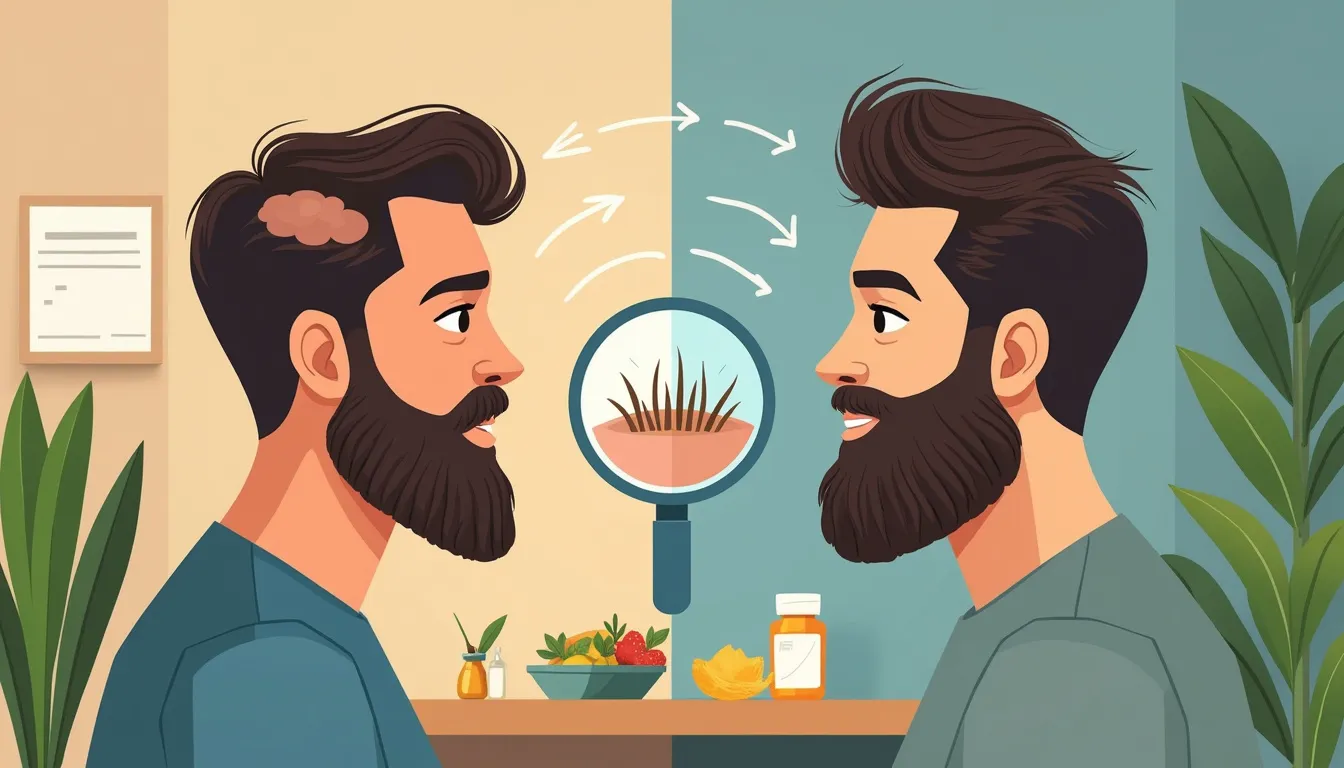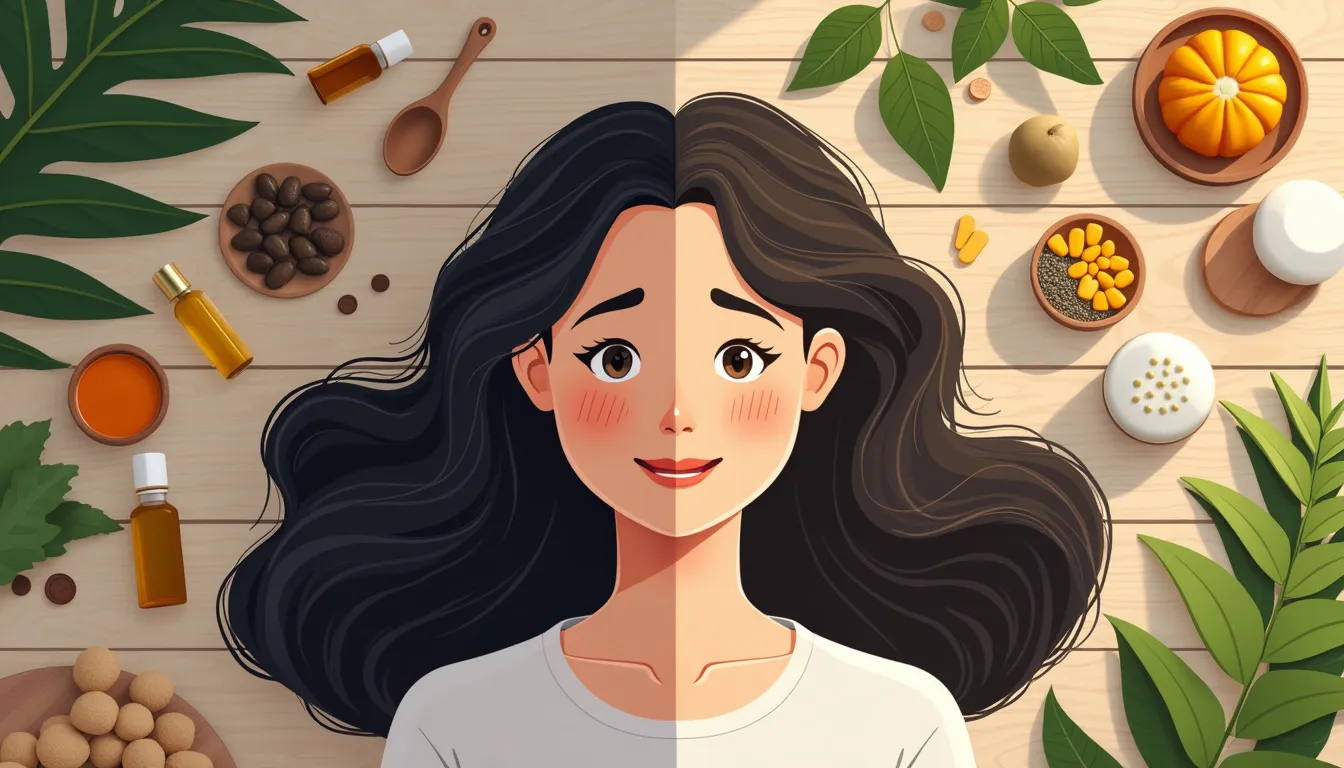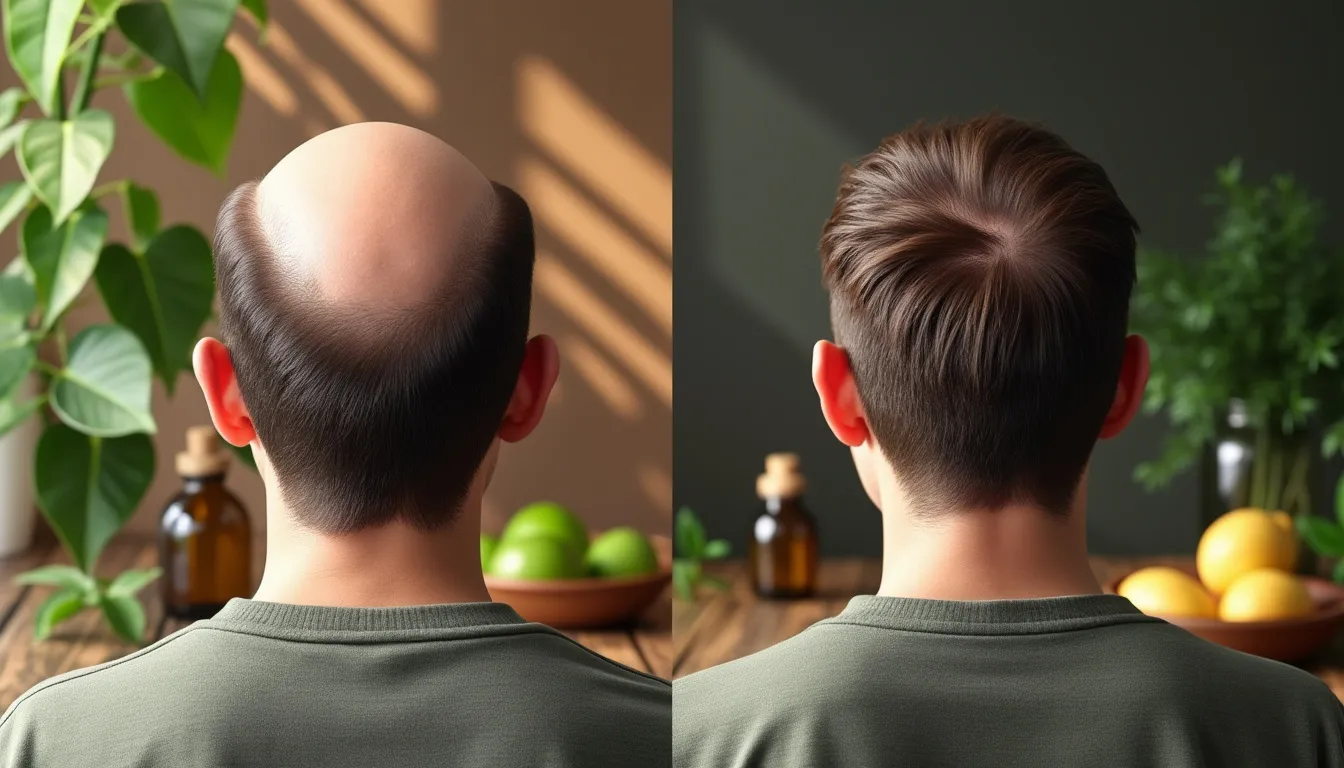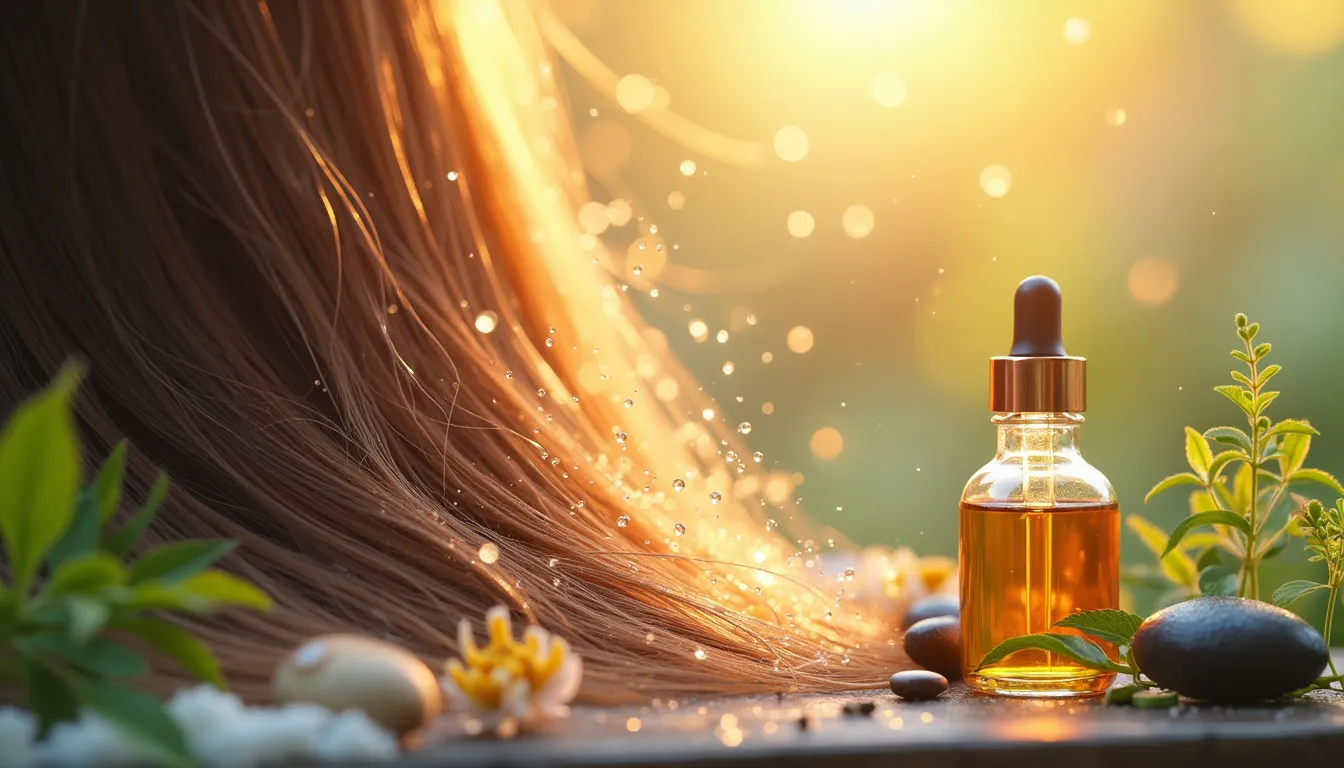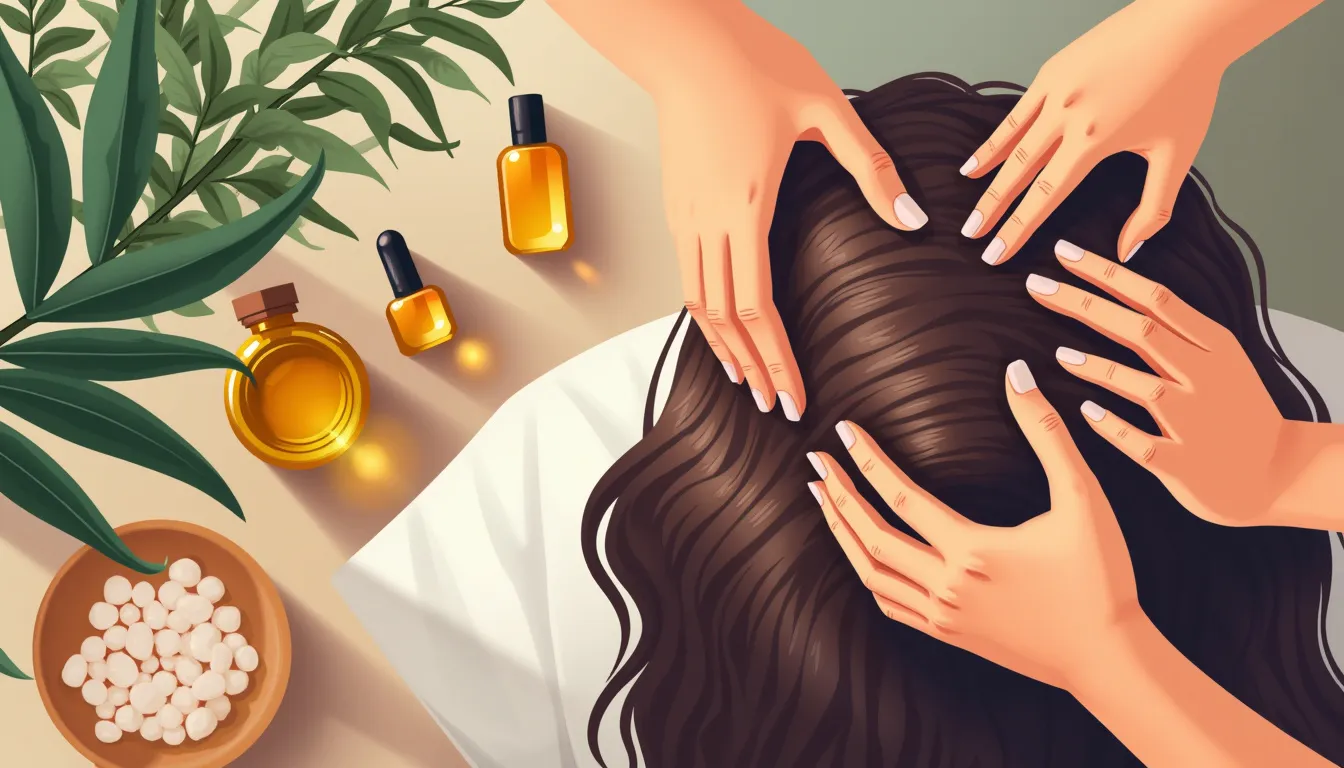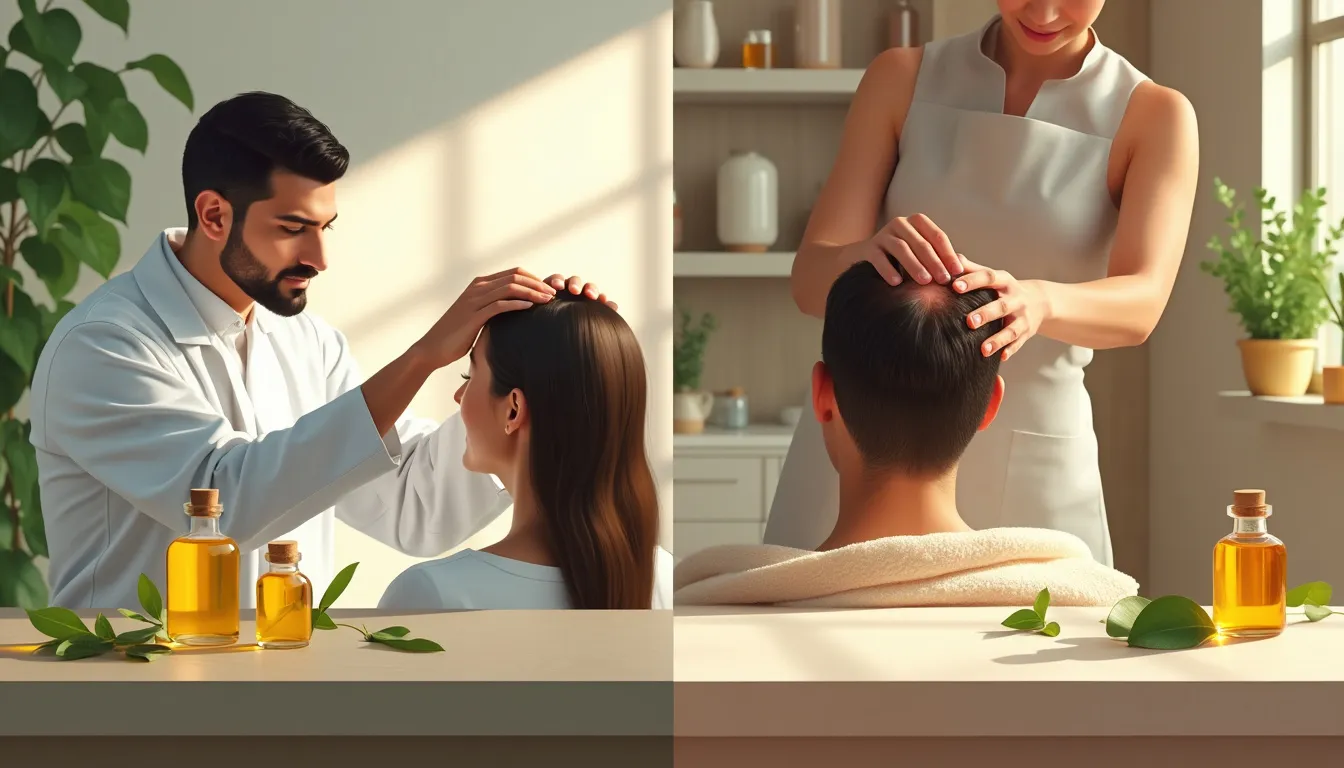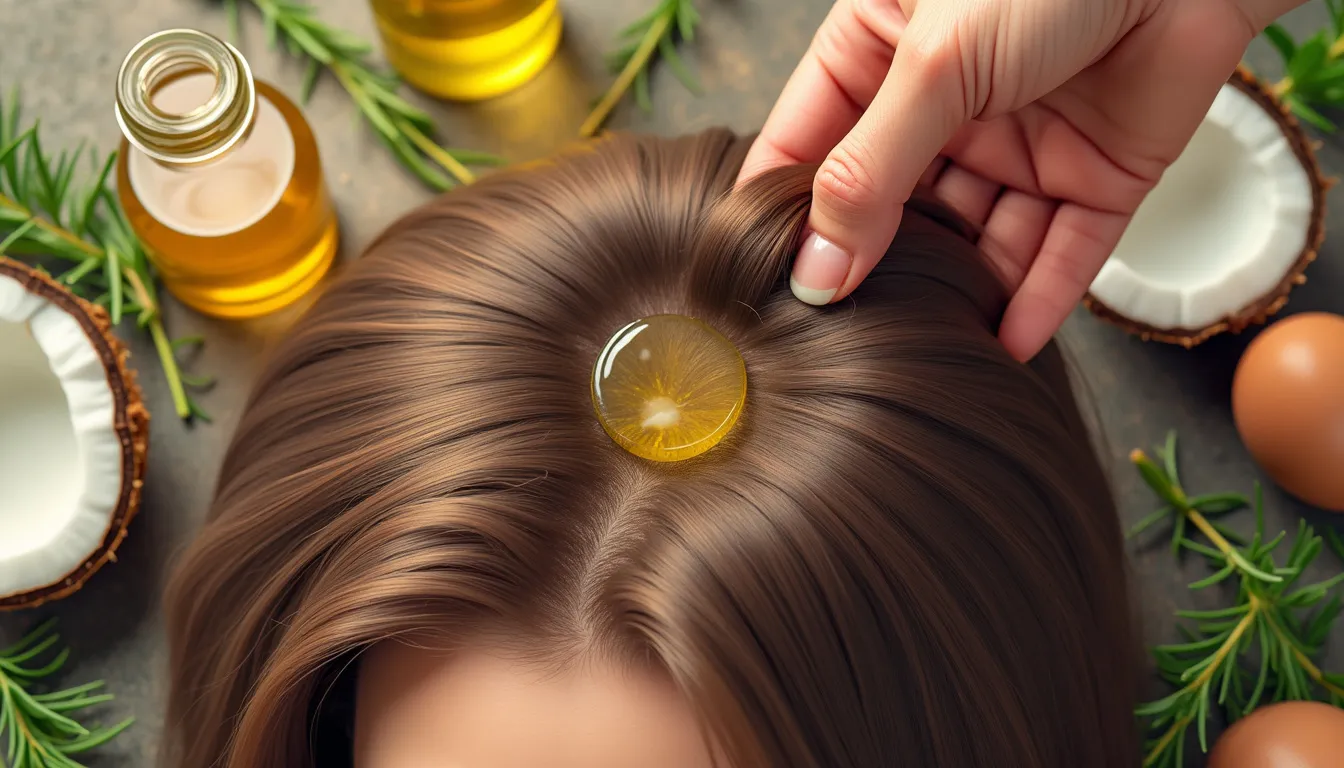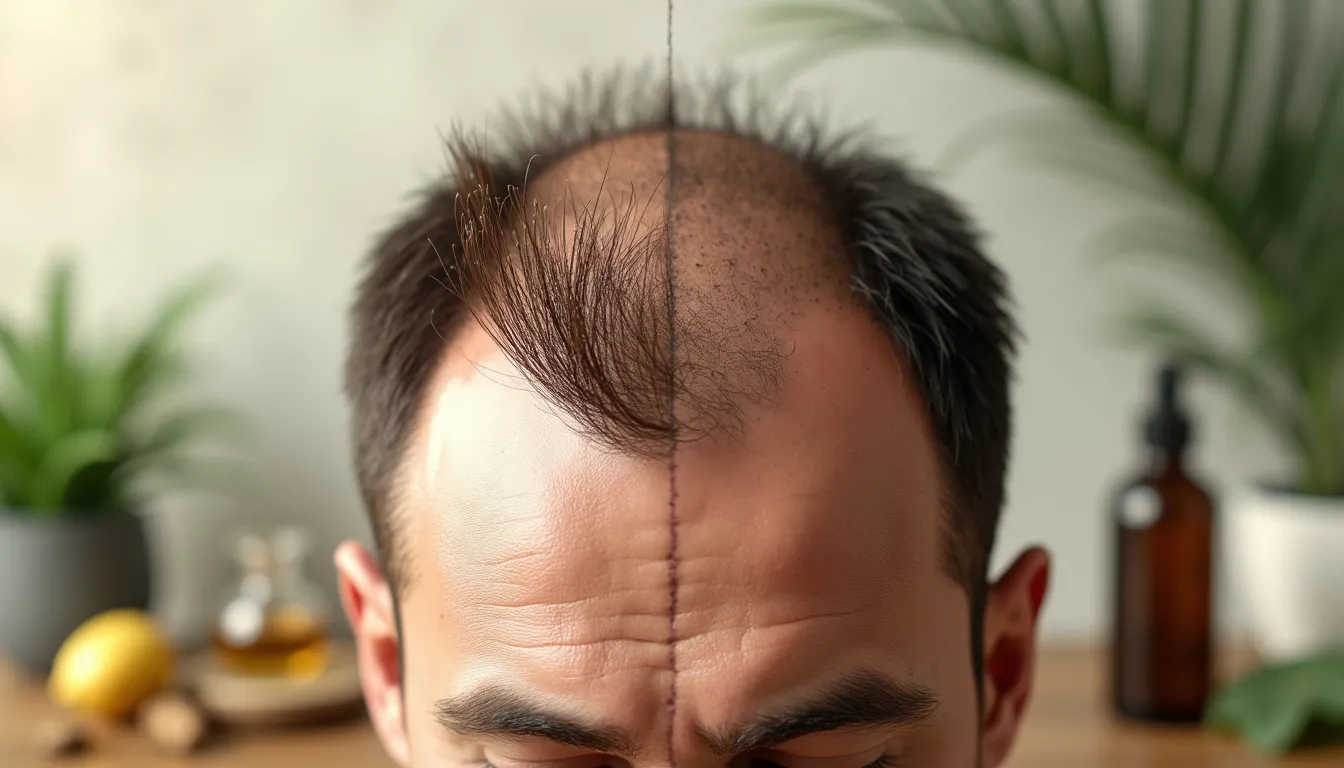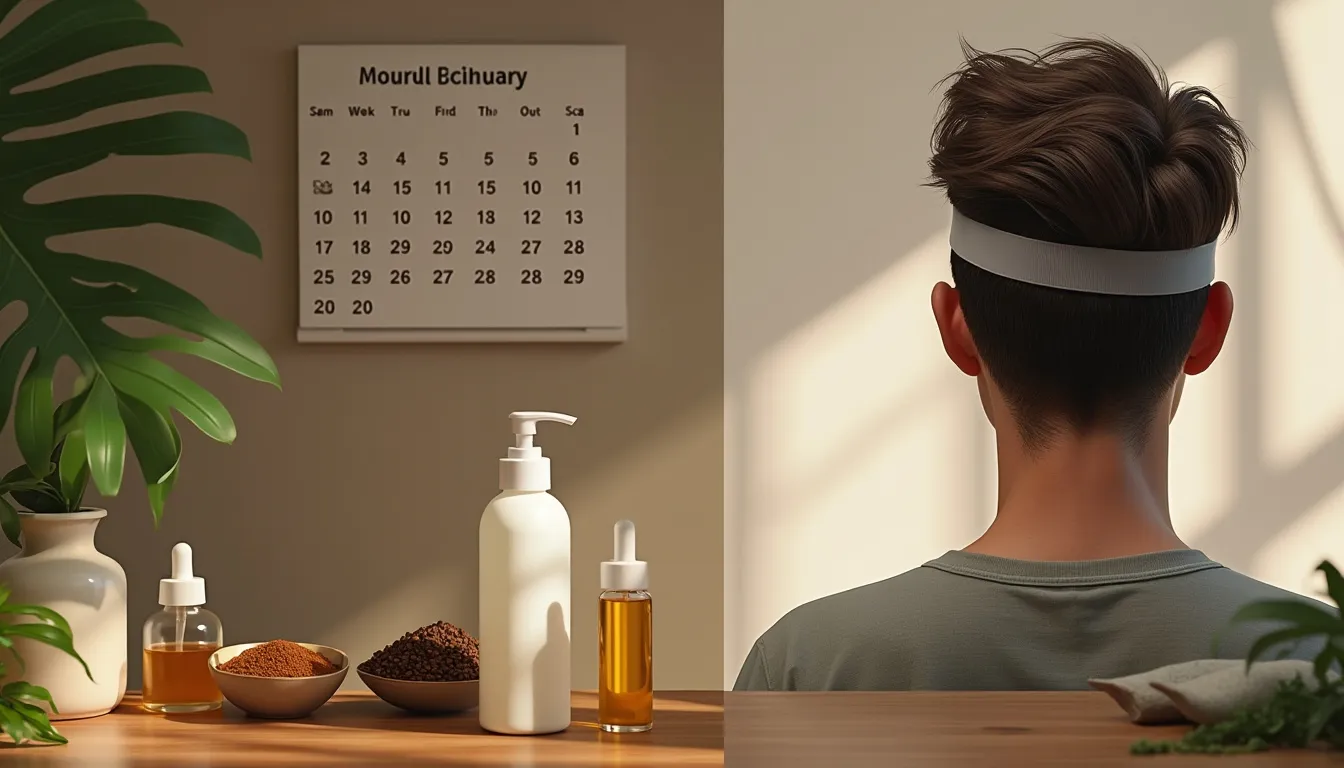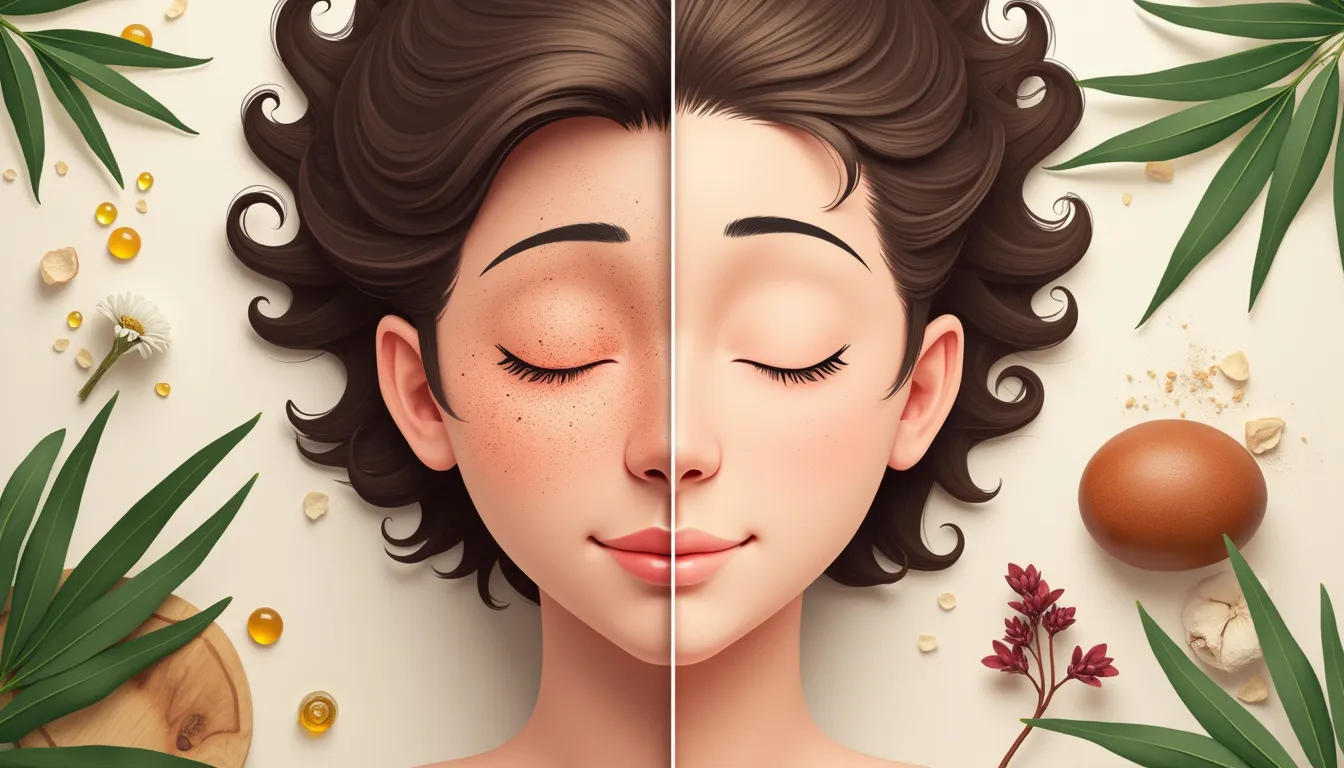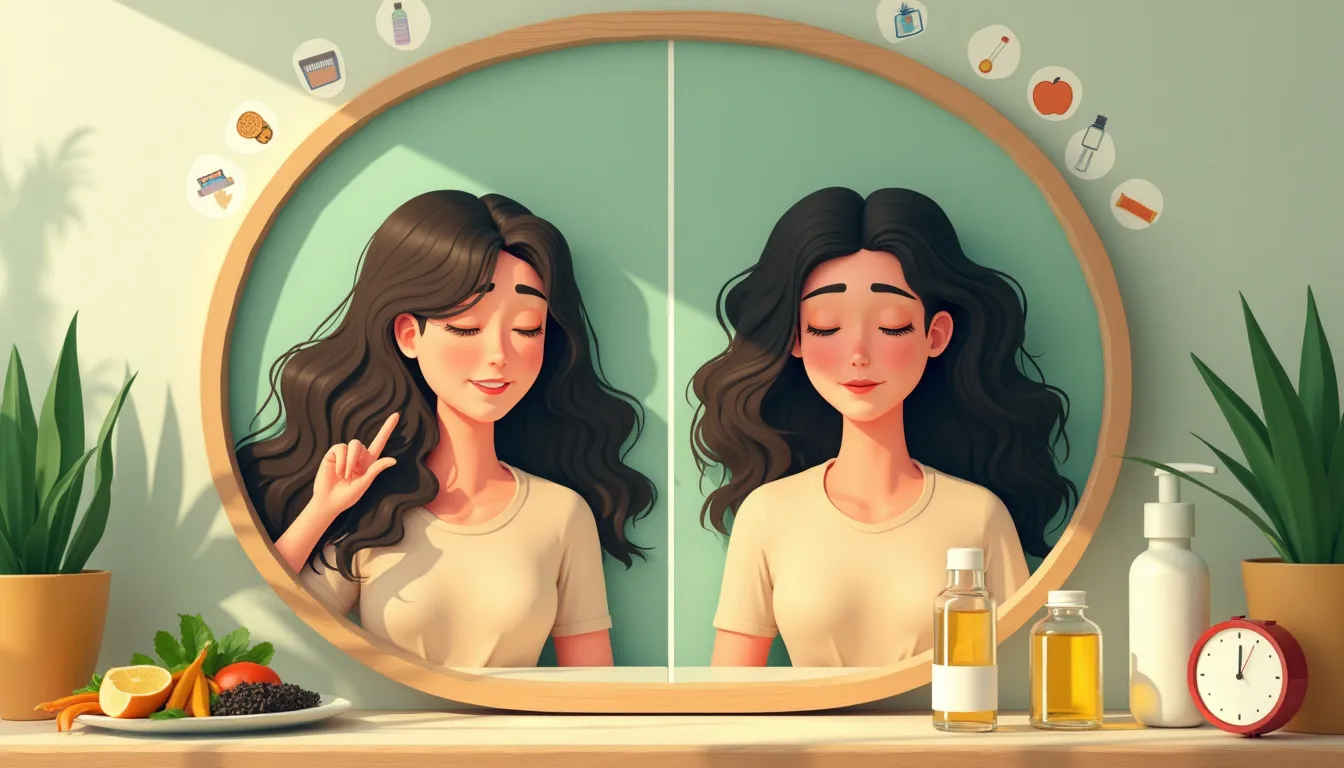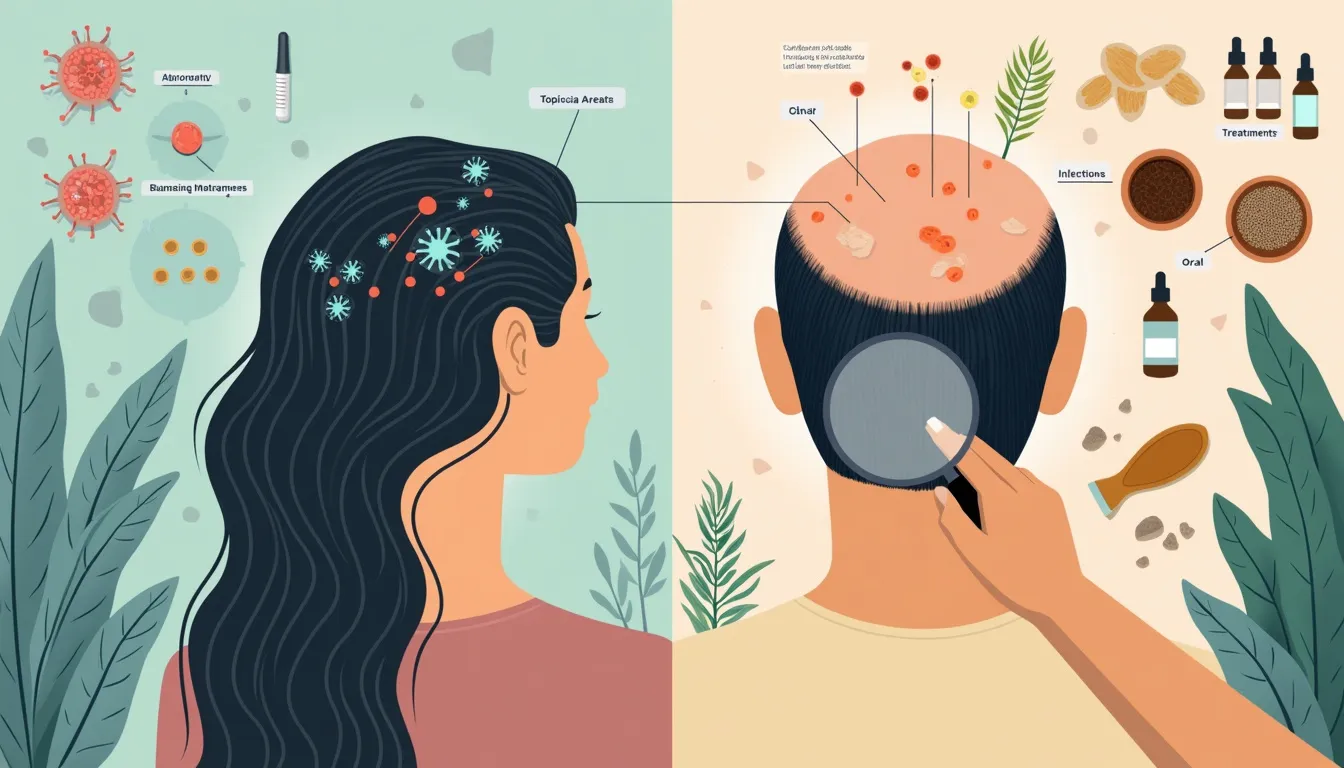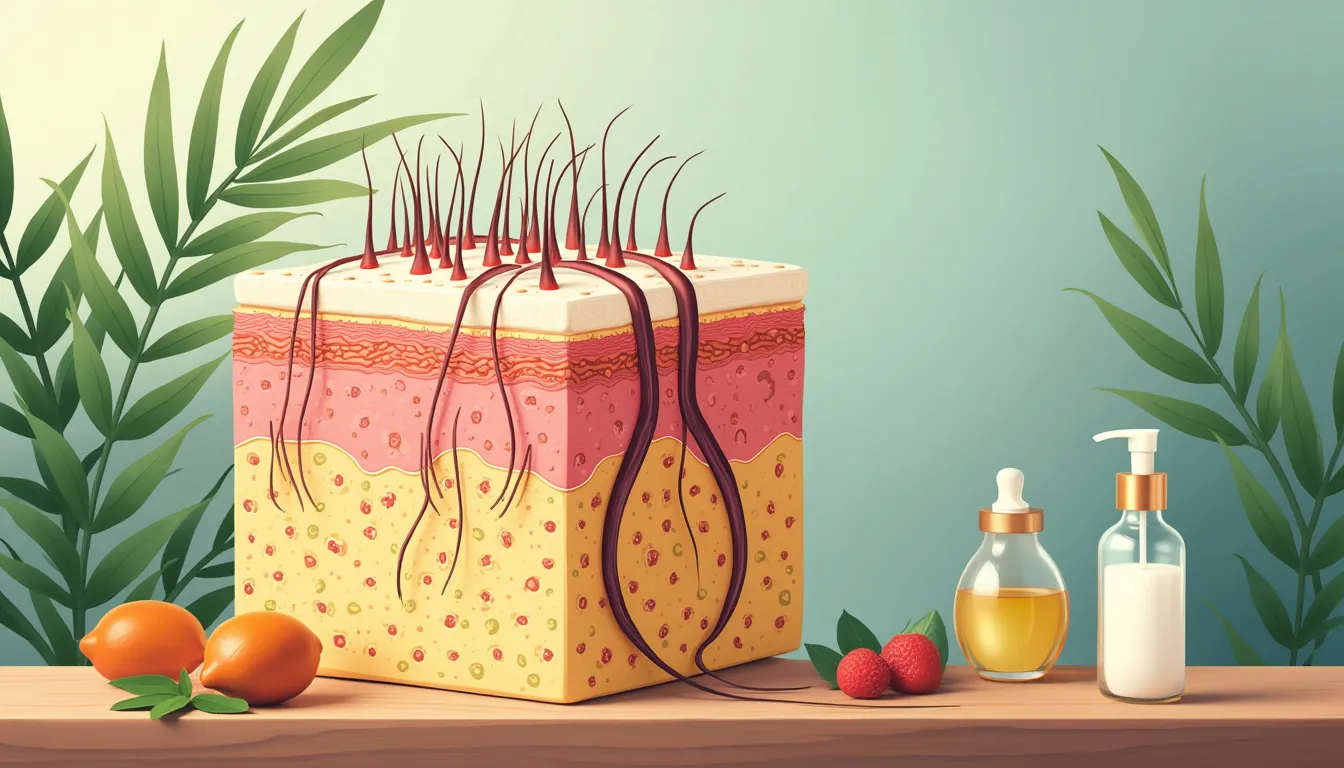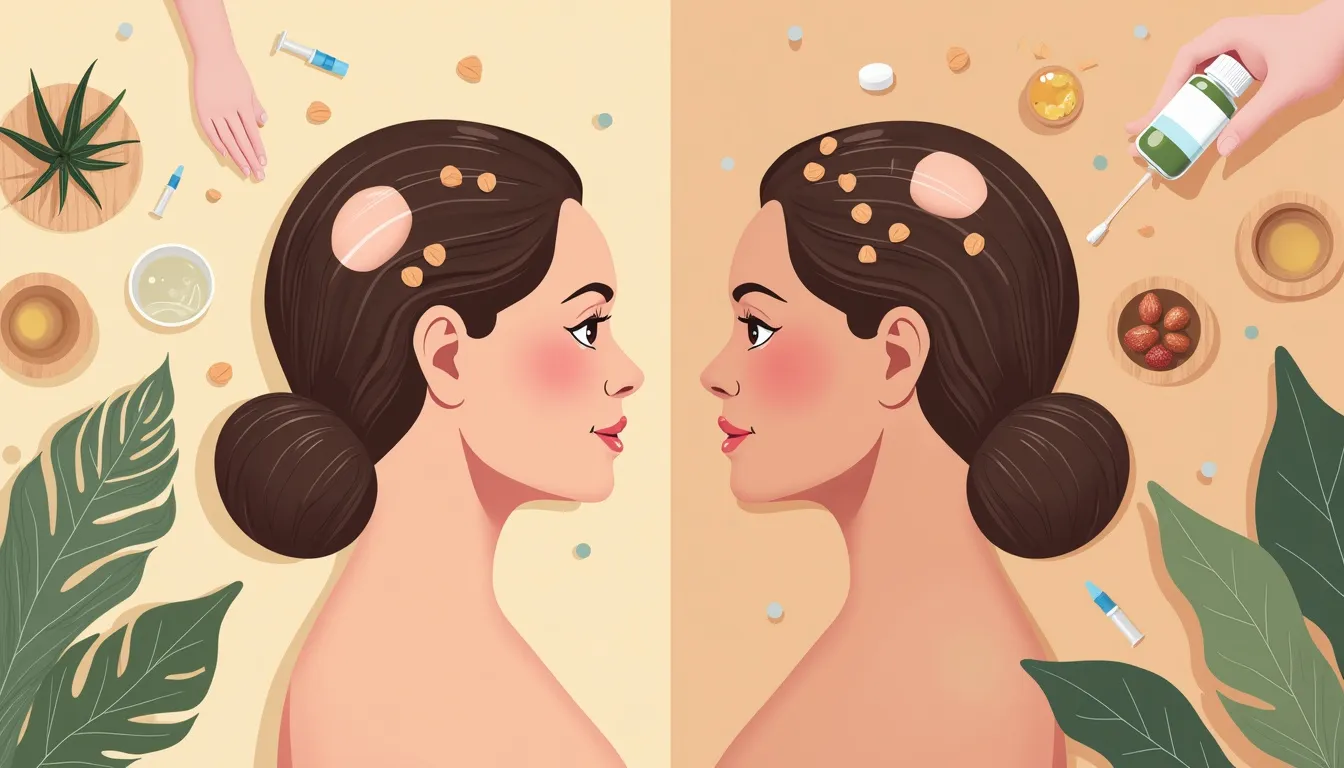Are you noticing more beard hairs on your pillow or in the sink than usual? Beard hair loss can be a frustrating and confidence-shaking experience for many men. While a full, lush beard has become a symbol of masculinity and style, thinning facial hair can leave you feeling less than your best. But don’t worry – you’re not alone in this struggle. Millions of men worldwide grapple with beard hair loss, and the good news is that there are solutions available. In this comprehensive guide, we’ll delve into the root causes of beard hair loss, help you identify the signs, and explore a range of effective treatments to restore your facial hair to its former glory. Whether you’re dealing with patchy growth, complete loss in certain areas, or overall thinning, understanding the underlying factors and available options is the first step towards reclaiming your beard. So, let’s unravel the mystery of beard hair loss and discover how you can achieve the healthy, full beard you’ve always wanted.
Common Causes of Beard Hair Loss
Beard hair loss, also known as alopecia barbae, can be a frustrating and confidence-shaking experience for many men. While a full, luscious beard is often associated with masculinity and virility, patchy or thinning facial hair can leave some feeling self-conscious. Understanding the common causes of beard hair loss is the first step in addressing this issue and finding effective solutions.
Hormonal Imbalances
One of the primary culprits behind beard hair loss is hormonal imbalance. Testosterone, the male sex hormone, plays a crucial role in beard growth and maintenance. When converted to dihydrotestosterone (DHT) by the enzyme 5-alpha reductase, it can have both positive and negative effects on hair follicles.
While DHT is essential for initial beard growth during puberty, an excess of this hormone can lead to hair follicle miniaturization in some men. This process causes the follicles to produce thinner, weaker hairs that are more prone to falling out. In extreme cases, it may even cause follicles to stop producing hair altogether.
Other hormonal imbalances that can contribute to beard hair loss include:
- Thyroid disorders: Both hypothyroidism and hyperthyroidism can affect hair growth throughout the body, including the beard area.
- Cortisol imbalance: Elevated levels of the stress hormone cortisol can interfere with the hair growth cycle.
- Insulin resistance: This condition can lead to hormonal imbalances that may impact beard hair growth.
It’s worth noting that hormonal imbalances can be influenced by various factors, including age, genetics, and certain medical conditions. If you suspect a hormonal issue is causing your beard hair loss, it’s essential to consult with a healthcare professional for proper diagnosis and treatment.
Nutritional Deficiencies
The old saying you are what you eat holds true when it comes to beard health. Proper nutrition is crucial for maintaining healthy hair growth, including facial hair. Several nutritional deficiencies can contribute to beard hair loss:
- Iron deficiency: Iron is essential for producing hemoglobin, which carries oxygen to hair follicles. Low iron levels can lead to hair thinning and loss.
- Vitamin D deficiency: This crucial vitamin plays a role in hair follicle cycling and new follicle formation.
- Biotin (Vitamin B7) deficiency: Biotin is vital for the production of keratin, a protein that makes up hair strands.
- Zinc deficiency: Zinc is involved in protein synthesis and cell division, both of which are important for hair growth.
- Vitamin E deficiency: This antioxidant vitamin helps protect hair follicles from oxidative stress.
To support healthy beard growth, it’s important to maintain a balanced diet rich in these nutrients. Foods that can promote beard health include:
- Lean meats and fish (for protein and iron)
- Eggs (for biotin and protein)
- Nuts and seeds (for vitamin E and zinc)
- Leafy greens (for iron and various vitamins)
- Fatty fish and fortified dairy products (for vitamin D)
In some cases, dietary supplements may be recommended to address specific nutritional deficiencies. However, it’s always best to consult with a healthcare professional before starting any new supplement regimen.
Stress and Lifestyle Factors
In today’s fast-paced world, stress has become an all-too-common part of daily life. Unfortunately, chronic stress can have a significant impact on beard health and growth. When the body is under stress, it can trigger a condition called telogen effluvium, which causes hair follicles to prematurely enter the resting phase of the hair growth cycle.
Stress-related beard hair loss can be caused by various factors, including:
- Work-related stress
- Financial concerns
- Relationship issues
- Major life changes or traumatic events
- Chronic health conditions
In addition to stress, several lifestyle factors can contribute to beard hair loss:
- Poor sleep habits: Lack of quality sleep can disrupt hormone production and affect hair growth.
- Smoking: Tobacco use can constrict blood vessels, reducing blood flow to hair follicles.
- Excessive alcohol consumption: This can lead to dehydration and nutritional deficiencies that impact hair health.
- Harsh grooming practices: Over-washing, using hot water, or applying harsh chemicals can damage beard hair and follicles.
- Environmental factors: Exposure to pollutants, UV radiation, and extreme temperatures can negatively affect beard health.
Addressing stress and making positive lifestyle changes can significantly improve beard health and reduce hair loss. Some strategies to consider include:
- Practicing stress-management techniques like meditation, yoga, or deep breathing exercises
- Maintaining a regular sleep schedule and aiming for 7-9 hours of quality sleep per night
- Quitting smoking and limiting alcohol consumption
- Adopting a gentle beard care routine using natural, nourishing products
- Protecting your beard from environmental damage with beard oils and balms
By understanding these common causes of beard hair loss, you can take proactive steps to address the issue and promote healthier facial hair growth. Remember, beard hair loss is often a complex problem with multiple contributing factors. If you’re concerned about persistent beard hair loss, it’s always best to consult with a dermatologist or healthcare professional for personalized advice and treatment options.
For those looking to take immediate action against hair loss, consider exploring this comprehensive program designed to help stop hair loss and promote healthier growth. Remember, with the right approach and care, you can work towards achieving the full, healthy beard you desire.

II. Diagnosing Beard Hair Loss
When it comes to tackling beard hair loss, proper diagnosis is crucial. Understanding the root cause of your facial hair woes can help you find the most effective solutions. Let’s dive into the key aspects of diagnosing beard hair loss, from identifying symptoms to consulting with professionals.
A. Identifying Symptoms and Patterns
Recognizing the signs of beard hair loss is the first step towards addressing the issue. Here are some common symptoms and patterns to look out for:
- Patchy growth: Noticeable areas where hair is thinning or not growing at all
- Excessive shedding: More beard hair than usual falling out when grooming or touching your facial hair
- Slower growth: A decrease in the rate at which your beard hair grows
- Change in texture: Beard hair becoming thinner, brittle, or more prone to breakage
- Itching or irritation: Persistent discomfort in the beard area, which may indicate underlying skin issues
It’s important to note that beard hair loss patterns can vary from person to person. Some men may experience overall thinning, while others might notice specific areas of concern, such as the cheeks or chin. Keeping a record of these changes can be helpful when discussing your situation with a healthcare professional.
B. Consulting with a Dermatologist
While it’s tempting to self-diagnose and treat beard hair loss, consulting with a dermatologist is often the best course of action. These specialists are trained to identify and treat various hair and skin conditions, including those affecting facial hair. Here’s what you can expect when visiting a dermatologist for beard hair loss:
- Medical history review: Your dermatologist will ask about your overall health, family history, and any medications you’re taking.
- Physical examination: A close inspection of your beard and skin to assess the extent of hair loss and look for any visible signs of underlying conditions.
- Discussion of symptoms: Be prepared to describe when you first noticed the hair loss, any associated symptoms, and any changes in your lifestyle or grooming habits.
- Treatment options: Based on their assessment, the dermatologist will recommend appropriate treatment options tailored to your specific case.
Remember, early intervention can often lead to better outcomes when dealing with beard hair loss. Don’t hesitate to seek professional advice if you’re concerned about changes in your facial hair growth.
C. Potential Tests and Examinations
To get to the root of your beard hair loss, your dermatologist may recommend several tests and examinations. These can help rule out underlying health conditions and provide a more accurate diagnosis. Some common tests include:
- Blood tests: These can reveal hormonal imbalances, nutritional deficiencies, or other health issues that may be contributing to hair loss. For example, thyroid function tests or testosterone level assessments may be ordered.
- Scalp biopsy: While less common for beard hair loss, a small sample of skin may be taken to examine under a microscope. This can help identify any inflammatory conditions or infections affecting hair follicles.
- Trichoscopy: This non-invasive examination uses a special magnifying device to closely observe hair shafts and the skin surface. It can reveal patterns of hair loss and provide insights into potential causes.
- Pull test: A simple procedure where the dermatologist gently tugs on a small section of beard hair to assess how many strands come loose. This can help determine the severity of hair shedding.
- Allergy tests: If an allergic reaction is suspected, patch tests or other allergy assessments may be conducted to identify potential irritants.
It’s worth noting that not all of these tests will be necessary for every case of beard hair loss. Your dermatologist will determine which examinations are most appropriate based on your specific symptoms and medical history.
In some cases, the cause of beard hair loss may be obvious, such as a recent period of high stress or a change in diet. However, for more complex or persistent issues, these diagnostic tools can provide valuable insights that guide treatment decisions.
As you navigate the diagnosis process, it’s essential to be patient and maintain open communication with your healthcare provider. Beard hair loss can be a frustrating experience, but with proper diagnosis and treatment, many men are able to restore their facial hair growth and confidence.
While professional diagnosis is crucial, there are also steps you can take at home to support healthy beard growth. Maintaining a balanced diet, managing stress levels, and using gentle grooming practices can all contribute to beard health. For those looking for additional support, programs like Hair Security’s Fortify offer targeted solutions to help combat hair loss and promote stronger, healthier growth.
Remember, beard hair loss is a common concern, and you’re not alone in seeking solutions. By working closely with healthcare professionals and being proactive about your beard care, you can develop a comprehensive approach to addressing hair loss and maintaining the facial hair you desire.
III. Effective Solutions for Beard Hair Loss
Dealing with beard hair loss can be frustrating, but there are numerous effective solutions available. From simple lifestyle changes to advanced medical treatments, let’s explore the options that can help you regain your facial hair confidence.
A. Lifestyle Changes and Natural Remedies
Sometimes, the simplest changes can make the biggest difference in addressing beard hair loss. Here are some lifestyle modifications and natural remedies that may help:
- Balanced Diet: Ensure your diet is rich in vitamins and minerals essential for hair growth. Foods high in biotin, such as eggs, nuts, and avocados, can be particularly beneficial for beard health.
- Stress Management: Chronic stress can contribute to hair loss, including in your beard. Practice stress-reduction techniques like meditation, yoga, or regular exercise to keep stress levels in check.
- Proper Beard Care: Treat your beard with care. Use gentle, beard-specific products and avoid harsh chemicals that can damage hair follicles.
- Essential Oils: Some essential oils, like peppermint and rosemary, may stimulate hair growth when diluted and applied to the beard area.
- Scalp Massage: Gently massaging the beard area can increase blood flow, potentially stimulating hair growth.
While these natural approaches can be effective, it’s important to remember that results may vary, and patience is key. Consistency in these practices is crucial for seeing potential benefits.
B. Topical Treatments and Medications
For those seeking more targeted solutions, various topical treatments and medications are available to combat beard hair loss:
- Minoxidil: Originally developed for scalp hair loss, minoxidil has shown promise in promoting beard growth. It’s available over-the-counter and is applied directly to the beard area.
- Finasteride: While primarily used for scalp hair loss, some doctors may prescribe finasteride for beard hair loss in certain cases. It works by blocking the conversion of testosterone to DHT.
- Peptide-based Treatments: Certain peptide serums claim to stimulate beard hair growth by improving blood circulation and nourishing hair follicles.
- Vitamin D Analogues: Topical vitamin D treatments may help in cases where beard hair loss is related to conditions like alopecia areata.
It’s crucial to consult with a dermatologist or trichologist before starting any medication regimen. They can provide personalized advice based on your specific situation and monitor for any potential side effects.
C. Advanced Hair Restoration Techniques
For those experiencing significant beard hair loss or looking for more dramatic results, several advanced techniques are available:
- Platelet-Rich Plasma (PRP) Therapy: This innovative treatment uses your own blood platelets to stimulate hair growth. The platelets are extracted from a blood sample and injected into the beard area, potentially rejuvenating dormant hair follicles.
- Beard Hair Transplant: Similar to scalp hair transplants, this surgical procedure involves transplanting hair follicles from other parts of your body (usually the scalp) to your beard area. It can provide a permanent solution for patchy or thin beards.
- Low-Level Laser Therapy (LLLT): This non-invasive treatment uses low-power lasers to stimulate hair follicles. While more commonly used for scalp hair loss, some studies suggest it may be beneficial for beard growth as well.
- Microneedling: This technique involves creating tiny punctures in the skin using a derma roller or pen. It’s thought to stimulate collagen production and potentially enhance the absorption of topical treatments.
These advanced techniques often come with a higher price tag and may require multiple sessions for optimal results. It’s essential to thoroughly research and consult with qualified professionals before pursuing any of these options.
While dealing with beard hair loss can be challenging, it’s important to remember that you’re not alone. Many men face this issue, and there are more solutions available than ever before. Whether you opt for natural remedies, topical treatments, or advanced procedures, the key is to be patient and consistent with your chosen approach.
For those looking for a comprehensive program to address hair loss, including beard hair, consider checking out the Fortify program. This innovative approach combines multiple strategies to help combat hair loss and promote healthy hair growth.
Remember, what works for one person may not work for another, so don’t be discouraged if your first attempt doesn’t yield immediate results. Keep exploring your options, and don’t hesitate to seek professional advice. With persistence and the right approach, you can work towards achieving the healthy, full beard you desire.
In conclusion, beard hair loss can be a frustrating and confidence-shaking experience for many men. However, understanding the underlying causes and available solutions empowers individuals to take control of their facial hair health. Whether the issue stems from hormonal imbalances, nutritional deficiencies, or stress-related factors, there are various approaches to address and potentially reverse beard hair loss.
It’s crucial to remember that early intervention is key. By identifying symptoms and seeking professional advice from a dermatologist, you can pinpoint the root cause of your beard hair loss and develop an effective treatment plan. This may involve simple lifestyle changes, such as improving your diet and managing stress, or more advanced solutions like topical treatments or hair restoration techniques.
As you embark on your journey to combat beard hair loss, patience and consistency are vital. Results may not be immediate, but with perseverance and the right approach, many men can successfully regrow and maintain a healthy, full beard. Remember, every individual’s experience with beard hair loss is unique, so what works for one person may not work for another. Don’t hesitate to explore different options and consult with professionals to find the best solution for your specific situation.
Ultimately, while beard hair loss can be challenging, it’s not an insurmountable problem. With the wealth of information and treatment options available today, maintaining a healthy, vibrant beard is within reach for most men. By staying informed, proactive, and committed to your beard care routine, you can overcome beard hair loss and proudly sport the facial hair you desire.
For those looking to take immediate action against hair loss, whether it’s on your head or in your beard, consider exploring the Fortify program at hairsecurity.net/fortify. This comprehensive approach to hair loss prevention and treatment might be the solution you’ve been searching for to maintain a full, healthy head of hair and beard.
